Neuroplasticity of the Gut: Diving into the Gut-Brain Connection
Gut health and brain health are directly related. Odds are that by now you have heard of the importance of the gut-brain connection as researchers and healthcare providers continue to unveil more information and prioritize this relationship. The brain is an organ after all, so of course its health and function is going to coincide with the health and function of the rest of our thoracic and abdominal organs, including the digestive tract.
A few typical “brain symptoms” that are associated with poor organ health include brain fog, emotional dysregulation, poor sleep, difficulty focusing, challenges with making decisions or executive functioning, headaches, and difficulty managing stress. The emergence of these types of symptoms provides information about how your body, as a collection of systems, is functioning as a unit and for any healthcare provider, should lead to further questions about your health as a whole.
A massively important innate characteristic of the gut that impacts brain health directly is its neuroplasticity. Organ tissue, and the surrounding connective tissue, is very highly innervated by the nervous system. Due to this high innervation, stimuli that impacts the gut impacts the nervous system, thus, changes in the gut results in changes in the nervous system. We see this relationship play out significantly in response to manual manipulation of the viscera. To understand this further, let’s discuss adhesions.
Visceral adhesions, or sites of abnormal tissue tension which limit organ mobility, are associated with a number of factors that result in compensatory movement patterns and the breakdown of organ function. These adhesions are sites of increased neuronal density, increased inflammatory markers, decreased viscoelasticity, and increased fibrosity. Manual manipulation of the viscera, which targets these adhesions, works to reduce the presence of the adhesions and therefore improve mobility and function of the organ. This additionally results in increased proprioceptive balance which, you guessed it, improves the relationship between that organ or tissue and the nervous system. This creates tremendous potential for changes to be made that benefits your body as a whole.
To further highlight the power of the gut’s neuroplasticity, studies have been completed evaluating the connection between manual manipulation of the viscera and changes in the brain circulation. In a study completed in 2005 with Jean-Pierre Barral, Gail Wetzler and Dr. Daniel Amen, photon Spect scans showed changes in brain perfusion in every case following visceral manipulation. This study additionally began to provide evidence for the impact of visceral manipulation on emotional processing with the Spect scans showing increased perfusion to the limbic regions of the brain following manual intervention.
But the gut-brain connection goes even further than that… The digestive tract, specifically the small intestine, is a major site of neurotransmitter production (glutamate, GABA, serotonin). When the small intestine loses any amount of mobility, its overall function and ability to produce these neurotransmitters diminishes. Manual manipulation of the small intestine can positively impact its ability to produce these important communication chemicals by improving organ mobility and circulation in a way that influences our brain and mental health.
I hope through reading all of this you’ve learned about the incredible relationship between the gut and the brain. You cannot have a healthy brain without a healthy gut and vice versa which is why it is so important to address BOTH even if your symptoms seem to only be linked to one or the other. For true, deeper, and more profound healing, the whole body and all your systems need to be addressed. Make sure you’re working with a provider who prioritizes this!
Now we haven’t even touched on the importance of the vagus nerve in the gut-brain connection but there is enough about that to leave for another blog…so stay tuned!


